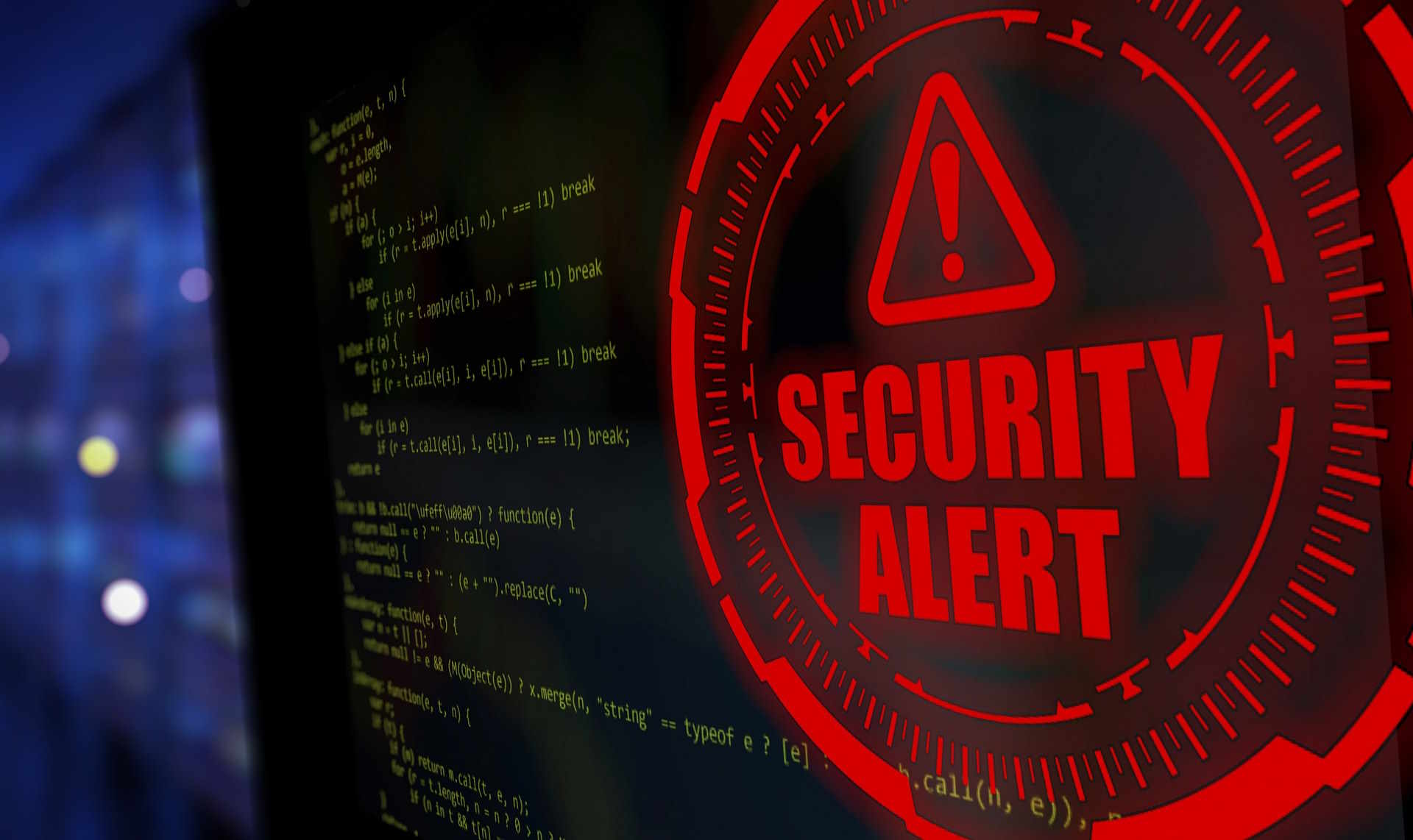Anti Virus Protection: What to Know About Computer Security
Anti virus protection is a core element of modern computer security. It combines tools, detection methods, and user practices to reduce the chance that malware, ransomware, or other malicious code will compromise your data or device. As technology and threats evolve, antivirus approaches have shifted from simple signature checks to layered defenses that include behavioral analysis, cloud databases, and automatic updates. Understanding how antivirus fits into a broader security posture helps people and organizations make informed choices about software, configuration, and safe habits.

computer: How does antivirus protect my device?
Antivirus software protects a computer by identifying and responding to known malware signatures and suspicious behaviors. Traditional methods compare files to databases of known threats, while newer systems monitor processes, system calls, and network activity for anomalies. When a threat is detected, antivirus tools can quarantine, remove, or block the file or connection and log the event. Regular updates to the detection database and operating system patches are essential; without them, even capable software may miss recent or modified threats.
security: What threats does antivirus address?
Antivirus addresses a wide range of threats including viruses, trojans, spyware, worms, ransomware, and some types of phishing-related payloads. It reduces exposure to malicious attachments, infected downloads, and drive-by web attacks by scanning files and inspecting network traffic. However, antivirus is not a complete security solution: it should be combined with firewalls, secure configurations, multi-factor authentication, and user education to defend against social engineering, zero-day vulnerabilities, and advanced persistent threats that may bypass single-layer defenses.
software: How to choose antivirus software?
Selecting antivirus software requires evaluating detection capability, system impact, update frequency, and support. Look for software with reputable independent test results and clear update policies. Consider the ease of use, compatibility with your operating system, and whether it includes additional tools like web protection, email scanning, or device control. For organizations, centralized management and reporting, compatibility with endpoint protection platforms, and integration with other security tools are important factors. Always review privacy policies and data handling practices before deploying software.
technology: How antivirus uses modern technology?
Modern antivirus leverages multiple technologies beyond simple signature matching. Machine learning models help classify suspicious files and behaviors based on patterns, while sandboxing executes unknown files in isolated environments to observe behavior safely. Cloud-based reputation systems aggregate telemetry from many users to quickly flag widespread threats. APIs and orchestration tools enable integration with broader security stacks, allowing automated incident response and threat intelligence sharing. These advances improve detection speed and reduce false positives but rely on good data and transparent algorithms.
cyber: How does antivirus fit into cyber hygiene?
Antivirus is an important component of cyber hygiene but should be part of a layered strategy. Good cyber hygiene includes keeping software and operating systems up to date, using strong unique passwords and multi-factor authentication, applying the principle of least privilege, and training users to recognize phishing and suspicious links. Backups, network segmentation, and routine audits complement antivirus by limiting damage when a breach occurs and improving recovery. Regularly reviewing logs and alerts from antivirus and related tools helps maintain visibility into evolving threats.
Conclusion
Anti virus protection remains a necessary element of digital safety, evolving alongside technology and threat landscapes. By combining timely software updates, robust detection technologies, and complementary security practices, individuals and organizations can reduce risk and improve resilience. Antivirus should be viewed as one layer among many—effective when paired with good configuration, user awareness, and overarching security policies.





